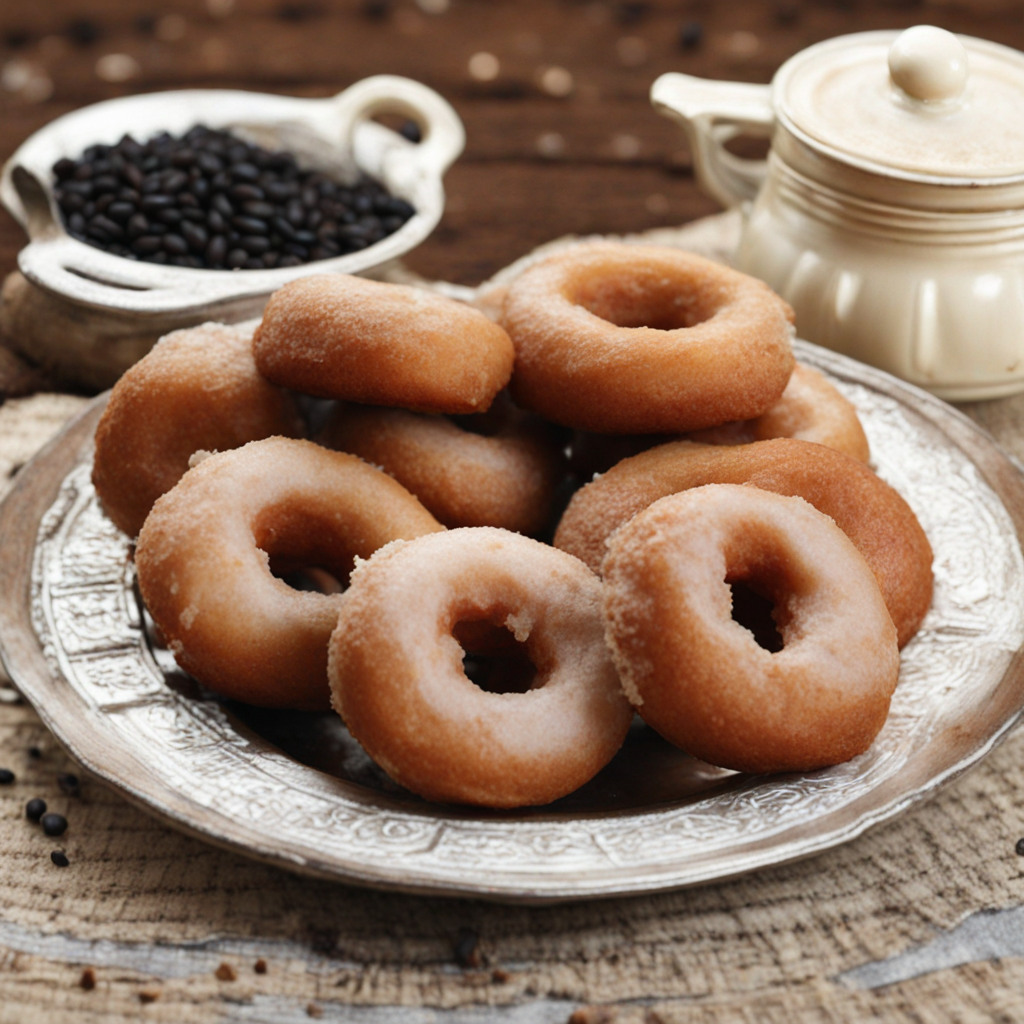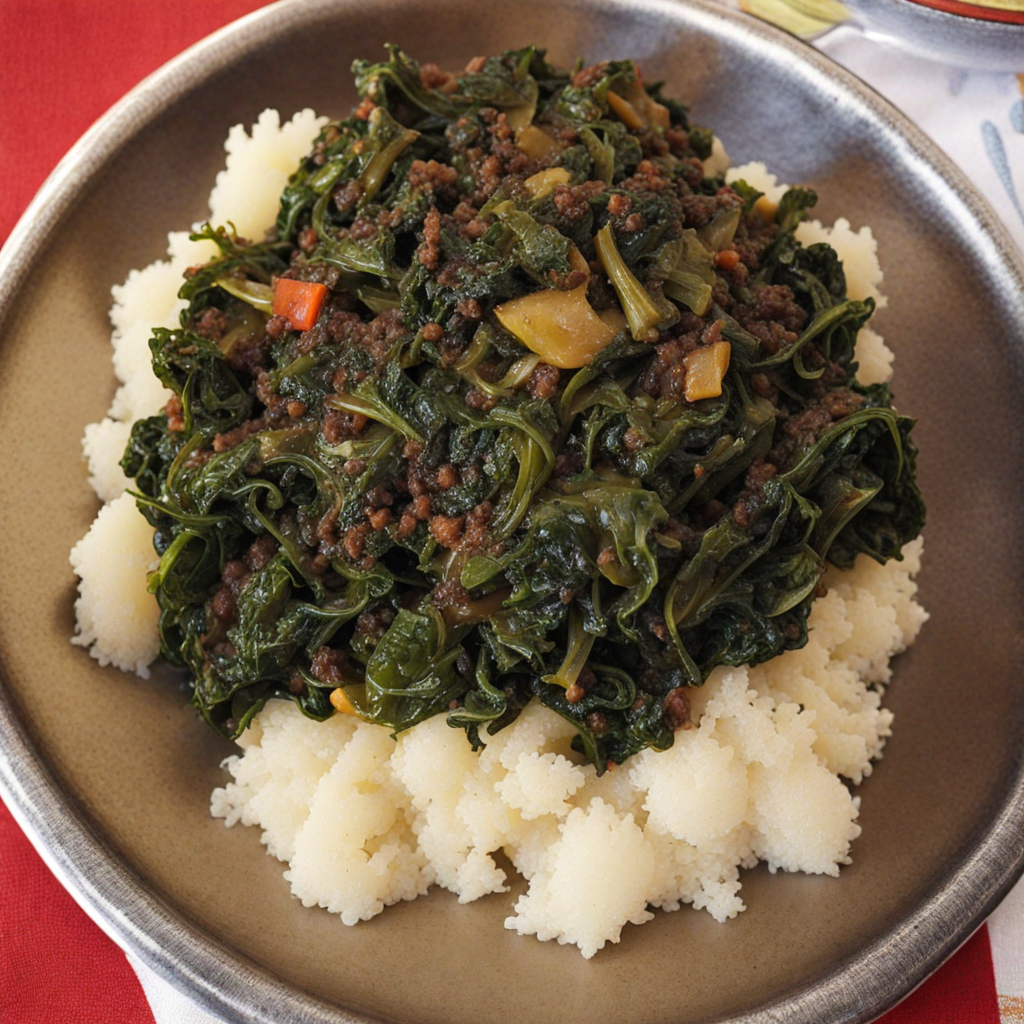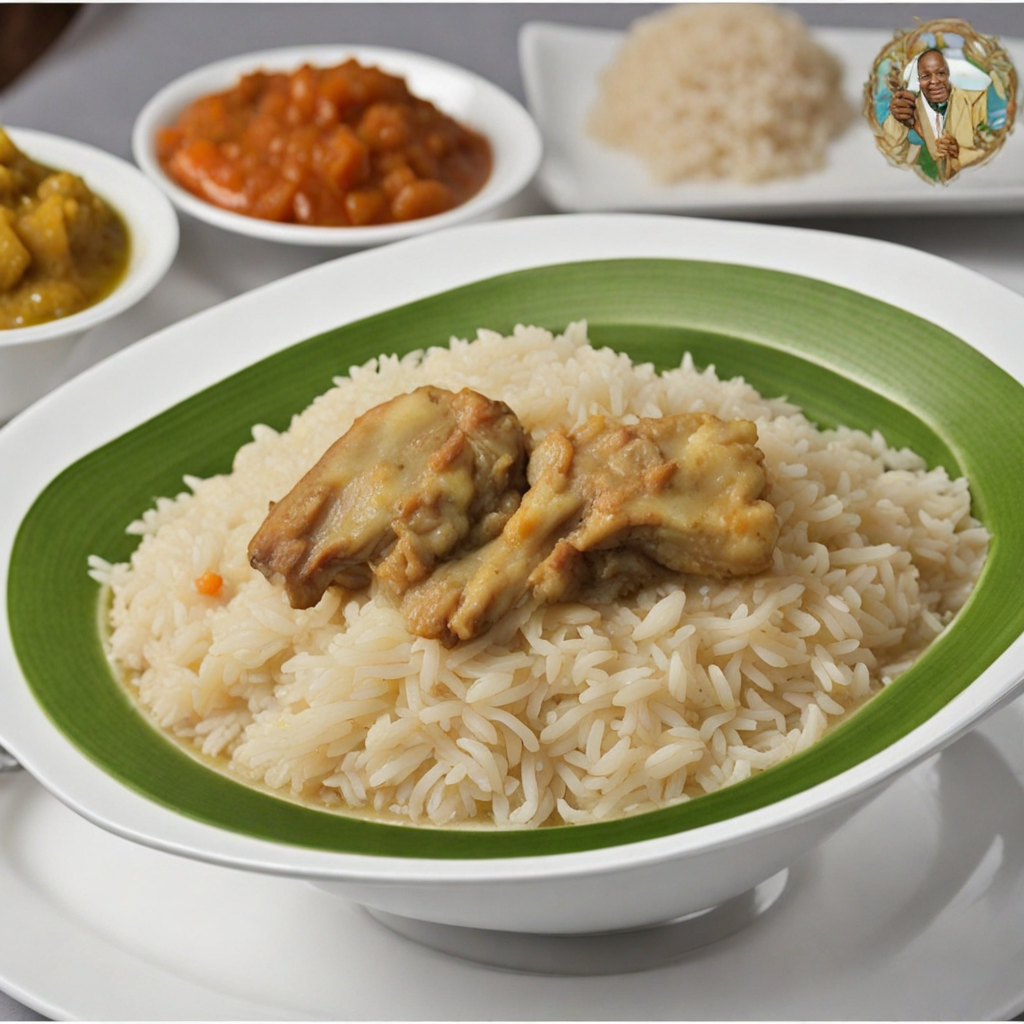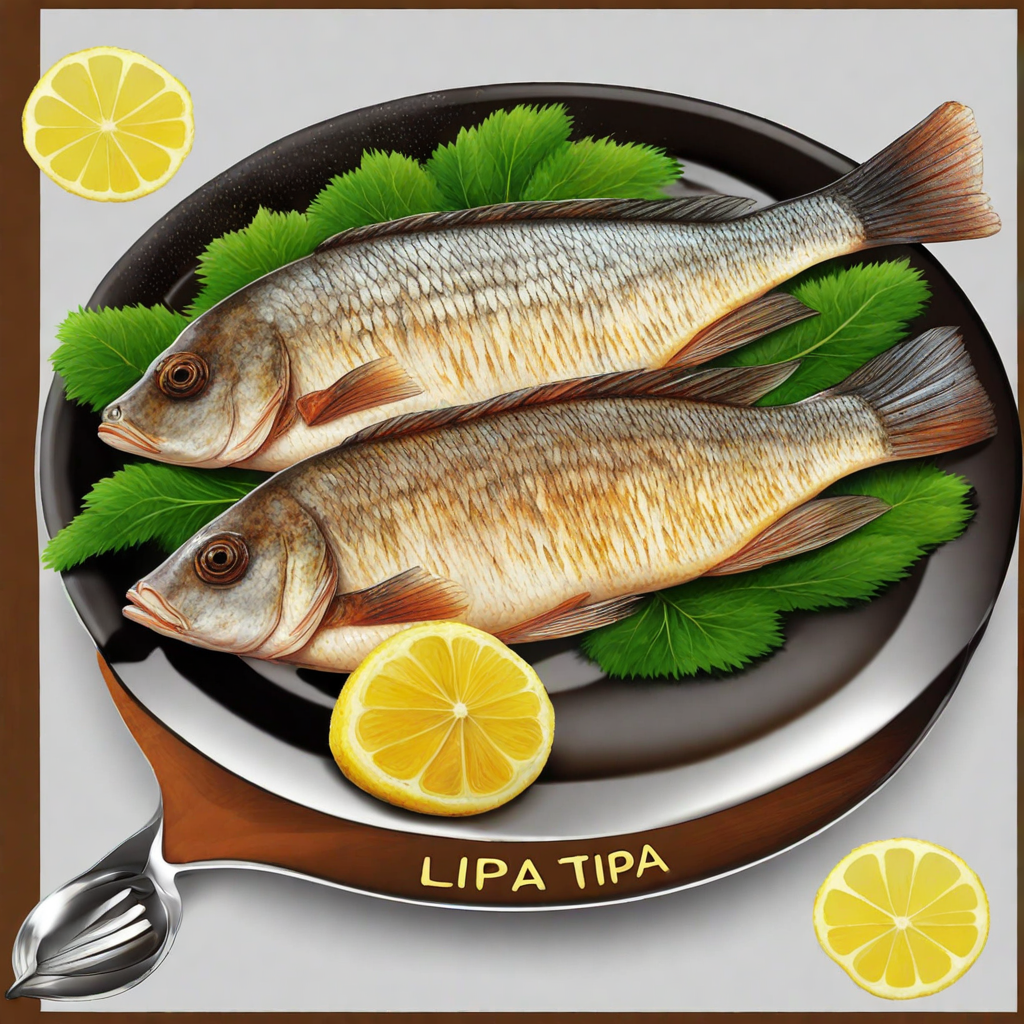Mahamri
Mahamri is a traditional Kenyan pastry that holds a special place in the culinary landscape of the coastal region, particularly among the Swahili community. This delightful snack has its roots in the rich cultural exchange that characterizes the coastal areas of East Africa, influenced by Arab, Indian, and local African culinary traditions. Originally, Mahamri was often enjoyed during special occasions or as a breakfast treat, paired with tea or served alongside savory dishes. Its history is intertwined with the spice trade that flourished along the coast, where the introduction of various spices greatly influenced local cuisine. The flavor profile of Mahamri is a harmonious blend of sweet and aromatic. It is slightly sweet, with a subtle hint of coconut and cardamom, which are signature ingredients that impart a unique taste. The texture is light and fluffy, with a crisp exterior that provides a satisfying contrast to the soft, airy interior. Mahamri is often enjoyed fresh and warm, allowing the flavors to shine and the aromas to envelop the senses. The sweetness is balanced, ensuring that it can be enjoyed as a snack or dessert, while also complementing the savory dishes it is often served with. Preparation of Mahamri involves a straightforward yet meticulous process that begins with the combination of key ingredients. The main components include all-purpose flour, sugar, coconut milk, yeast, and spices such as cardamom. The dough is prepared by mixing the dry ingredients, followed by the addition of wet ingredients to form a smooth and elastic dough
How It Became This Dish
Origins of Mahamri Mahamri is a traditional food item that hails from the coastal region of Kenya, particularly among the Swahili communities. Its origins can be traced back to the rich culinary interactions along the East African coast, where Indian, Arab, and local African influences converged. The Swahili people, known for their vibrant culture and trade, played a significant role in the evolution of Mahamri, incorporating spices and cooking techniques from various cultures into their cuisine. The word "Mahamri" is derived from the Arabic word "hamr," which refers to something that is fried or cooked in oil. This linguistic connection underscores the Arab influence on Swahili cooking, which is characterized by the use of spices such as cardamom, cloves, and cinnamon. The introduction of these spices, along with the use of coconut milk, contributed to the unique flavor profile of Mahamri, making it a beloved dish in this region. \n\n Cultural Significance Mahamri holds a special place in the culinary traditions of coastal Kenya. It is often enjoyed as a breakfast item or snack, typically paired with tea, coffee, or fresh fruit. The dish is particularly popular during festive occasions, such as weddings, Ramadan, and other community celebrations. It is not merely a food item but a symbol of hospitality and communal sharing among the Swahili people. In the context of Ramadan, Mahamri becomes a vital part of the Iftar meal, breaking the fast with its sweet and spiced flavors. The preparation and sharing of Mahamri during this time foster a sense of community, as families and friends gather to enjoy the delicacy together. Furthermore, the dish exemplifies the Swahili concept of "ujamaa," or communalism, emphasizing the importance of togetherness and sharing in their culture. \n\n Ingredients and Preparation Traditionally, Mahamri is made from simple ingredients: flour, sugar, yeast, coconut milk, and spices. The dough is prepared by mixing these ingredients, allowing it to rise before it is rolled out and cut into triangular or circular shapes. The pieces are then deep-fried until they achieve a golden-brown color and become crispy on the outside while remaining soft and fluffy on the inside. The use of coconut milk is a distinctive feature of Mahamri, enhancing its richness and imparting a subtle sweetness. This ingredient is a reflection of the coastal environment, where coconuts are abundant. The spices used in Mahamri not only provide flavor but also carry health benefits, showcasing the Swahili people's understanding of the medicinal properties of their local ingredients. \n\n Evolution Over Time As the coastal region of Kenya has evolved, so too has the preparation and consumption of Mahamri. Initially a homemade delicacy, Mahamri has found its way into street food culture, with vendors selling it at markets and roadside stalls. This shift has made the dish more accessible to a broader audience, allowing it to maintain its popularity amidst changing dietary trends and lifestyles. In contemporary times, Mahamri has also adapted to various culinary influences, incorporating modern twists while still honoring traditional methods. For instance, some variations now include chocolate or fruit fillings, catering to younger generations and those seeking novel flavors. Nonetheless, the classic recipe remains cherished, serving as a reminder of the dish's rich history and cultural roots. \n\n Mahamri and Globalization With the rise of globalization, Mahamri has transcended its geographic boundaries, gaining recognition beyond the Swahili coast. Kenyan diaspora communities have introduced the dish to other parts of the world, where it has garnered interest among food enthusiasts seeking to explore diverse culinary traditions. This exposure has led to an appreciation of Mahamri in international food markets and restaurants, often featured in fusion menus that highlight its unique flavors. Social media platforms have played a crucial role in this global recognition. Food bloggers and influencers have showcased Mahamri, sharing recipes and cultural stories that resonate with a global audience. This digital sharing has not only promoted the dish but has also sparked conversations about its significance, encouraging a renewed interest in Swahili cuisine and the broader cultural narratives of East Africa. \n\n Conclusion of Mahamri's Journey Despite the changes brought about by modernization and globalization, Mahamri remains a steadfast symbol of Swahili culture and identity. It embodies the historical exchanges and interactions that have shaped the culinary landscape of the Kenyan coast. As communities continue to celebrate their heritage through food, Mahamri serves as a delicious reminder of the past while embracing the future. In essence, Mahamri is more than just a food item; it is a representation of the Swahili people's history, resilience, and adaptability. Its evolution over time reflects broader societal changes while retaining its core significance as a cherished culinary tradition. Whether enjoyed in its traditional form or with contemporary twists, Mahamri remains an essential part of Kenya's cultural tapestry, connecting generations through the simple act of sharing a meal.
You may like
Discover local flavors from Kenya






